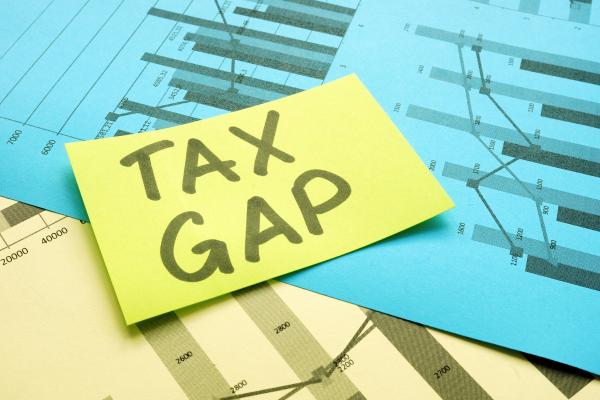
Mind the Gap – it’s getting bigger!
Annual “tax gap” figures show almost £40 billion in taxes was not collected last year, highlighting the enormous challenges facing the next Government.
Both Labour and the Conservatives have pledged to raise up to £6 billion a year in additional funding by reducing tax avoidance and evasion, but data released by HMRC today shows this could be a difficult ask.
“Measuring tax gaps 2024 edition”1 revealed that the difference between the amount of tax due to HMRC and the amount actually paid rose for the second year in a row in absolute terms, to £39.8 billion.
Almost half of the this (45%) is due to failure to take reasonable care and errors, equating to £17.8 billion, with evasion and avoidance accounting for a comparatively small £7.3 billion.
Small businesses remain the biggest group of non-compliance, accounting for with £24.1 billion (60%) of the tax gap.
Despite the total amount rising by £1.7 billion this year, as a proportion of the entire tax take it dropped to 4.8% from 5.2% in 2021/22 (revised upwards from the 4.8% originally published last year).
Senga Prior, Chair of the ATT Technical Steering Group, said:
“While all political parties talk of raising funds by tackling tax avoidance and evasion, HMRC’s estimated figures appear to show that it is Self Assessment taxpayers, especially individuals and unincorporated businesses failing to take reasonable care and making errors with their submissions that actually account for the largest proportion of the tax gap.
There is no magic quick fix or headline grabbing answer to this problem, but a starting point would be improving HMRC customer services and providing access to agents to the full range of digital services available to their clients in conjunction with simplification of the tax system.
“Today’s figures also show that estimating the tax gap is complex, and by its sheer nature an imprecise process. This is reflected in the revisions of previous figures which are made each year.”
Notes for editors
- The tax gap is the difference between the amount of tax that should be paid in theory and what is actually paid. Read HMRC’s report on the tax year 2022/23.















